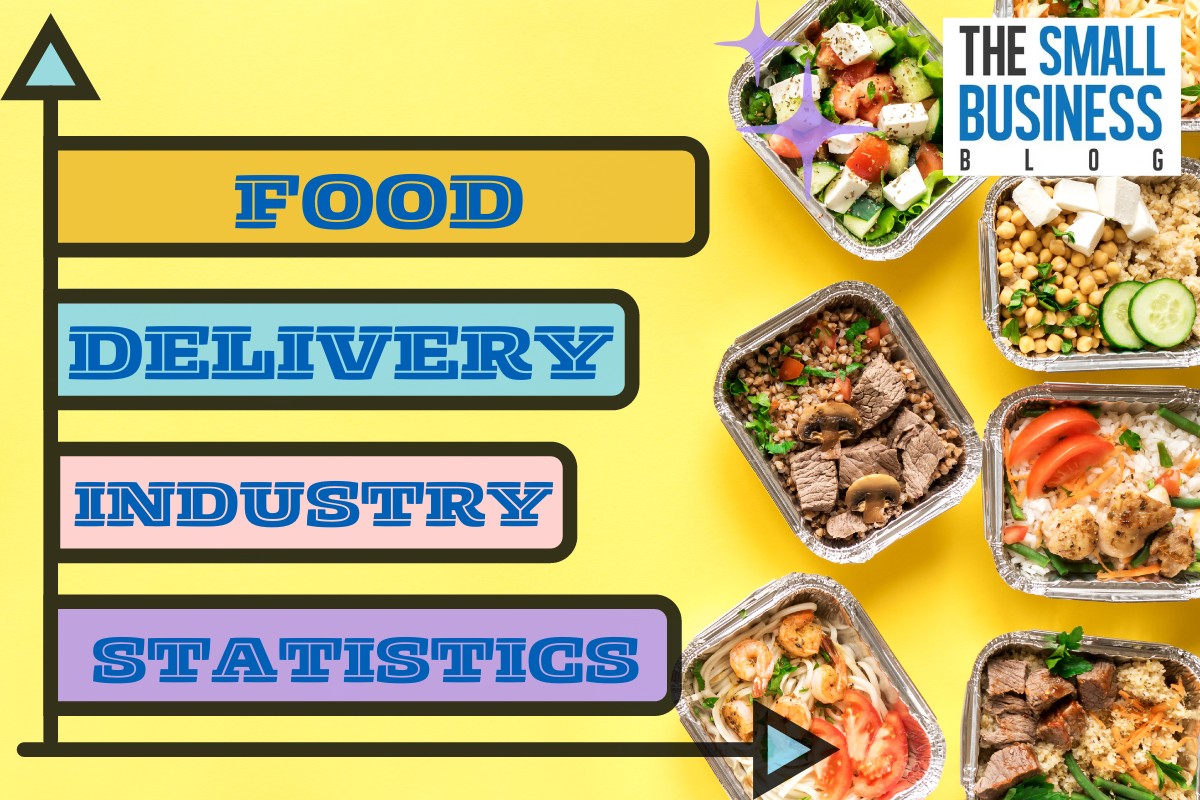Everyone appreciates food delivery.
You simply order your desired cuisine and it’s delivered to your door a short while later.
The food delivery industry is comparatively young.
The first known food delivery was completed in Italy in 1889.
At the time, King Umberto and Queen Margherita were visiting Naples.
The pizzeria di Pietro e Basta Cosi had just created a new style of pizza and delivered it to the royal couple to ensure they could try it.
Of course, today Pizza is a mainstay of the food delivery service.
The late 19th century also saw a delivery service called ‘dabbawala’ arrive.
It was established in India and saw workers receive home-cooked lunches.
As the following food delivery industry statistics will show, the industry has come a long way since then.
The modern food delivery service didn’t really take off until the 1920s when Chinese food delivery started to appear in the US.
For many years, Chinese and pizza were the only foods delivered in the US.
However, the 1950s saw many restaurants create dedicated television dinner menus.
Of course, today it’s possible to order virtually any food for home delivery.
The industry is flourishing.
Post Contents
- 1 Key Statistics
- 2 Top Food Delivery Industry Statistics in 2024
- 2.1 1. The Food Delivery Market In China Is Worth $42.5 Billion
- 2.2 2. DoorDash Is the Most Popular Delivery App In The US
- 2.3 3. The Food Delivery Industry Saw A 17% Leap In Revenue Between 2019-2020
- 2.4 4. Food Industry Revenue Has Increased By 204% In The Last Five Years
- 2.5 5. 60% Of US Citizens Order A Food Delivery Every Week
- 2.6 6. 62% Of Customers Blame Delivery Drivers And The Business When They Have A Bad Food Delivery Experience
- 2.7 7. Friday Is The Most Popular Food Delivery Day
- 2.8 8. 62% Of Americans Think Dining-In Is A Better Option
- 2.9 9. 77% Of Restaurants Use Third-Party Food Delivery Apps
- 2.10 10. On Average, Americans Spend 15% More Annually On Dining In
- 2.11 11. Between 2019 And 2020 The Grocery Delivery Service Grew By 7%
- 2.12 12. 70% Of Americans Would Prefer To Order Directly From A Restaurant
- 2.13 13. 41% Of Customers Would Purchase A Make-At-Home Meal
- 2.14 14. Food delivery Customers Are 67% More Likely To Visit A Restaurant
- 2.15 15. Grocery Deliveries Are Growing Faster Than Meal Deliveries
- 2.16 The Dark Side Of Food Delivery Services
- 3 Summing Up
Key Statistics
- The food delivery market in China is worth $42.5 billion
- DoorDash is the most popular delivery app in the US
- The food delivery industry saw a 17% leap in revenue between 2019-2020
- Food industry revenue has increased by 204% in the last five years
- 60% of US citizens order a food delivery every week
- 62% of customers blame delivery drivers and the business when they have a bad food delivery experience
- Friday is the most popular food delivery day
- 62% of Americans think dining-in is a better option
- 77% of restaurants use third-party food delivery apps
- On average, Americans spend 15% more annually on dining in
- Between 2019 and 2020 the grocery delivery service grew by 7%
- 70% of Americans would prefer to order directly from a restaurant
- 41% of customers would purchase a make-at-home meal
- Food delivery customers are 67% more likely to visit a restaurant
- Grocery deliveries are growing faster than meal deliveries
Top Food Delivery Industry Statistics in 2024
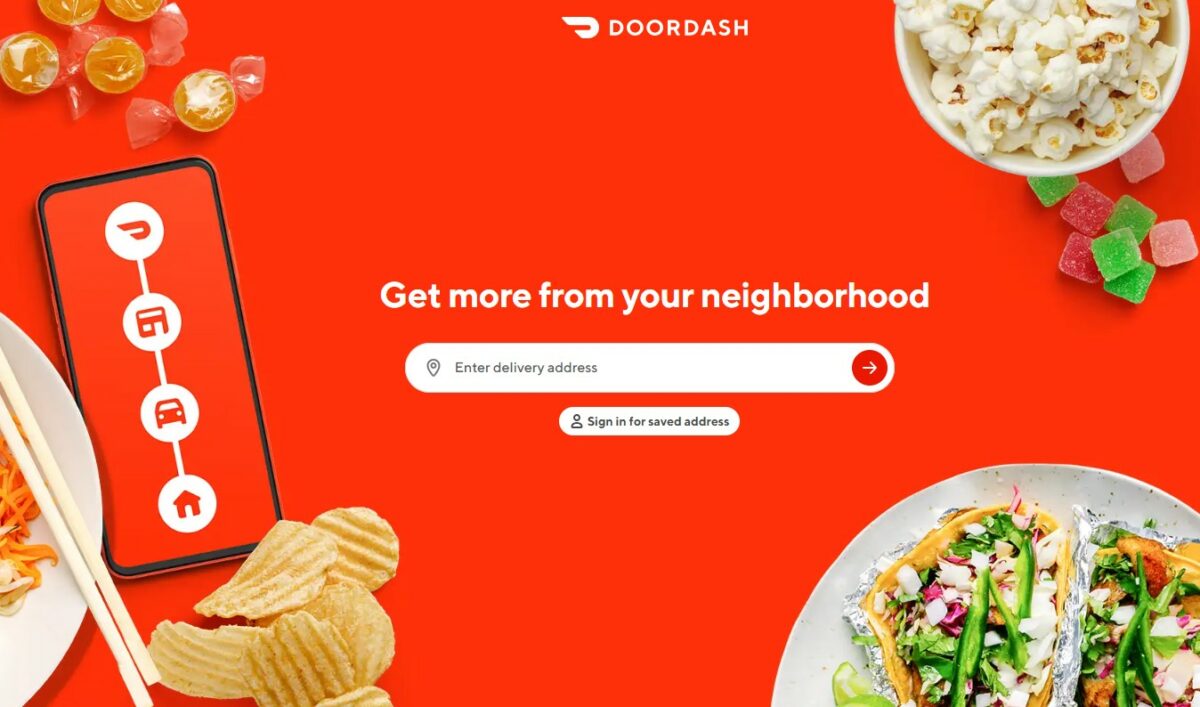
1. The Food Delivery Market In China Is Worth $42.5 Billion
The food industry is worth billions.
It’s estimated that the current pattern of growth will continue and by 2029 the industry will be worth $165 billion!
That’s a $65 billion increase on 2023.
Interestingly, the US doesn’t have the top spot for revenue from food delivery.
That award goes to China with a revenue of $42 billion in 2022.
Of course, China does have a significantly larger population than the US.
The US takes the second spot with revenue of $17.1 billion.
That’s more than all of Europe which only managed $10.4 billion in 2022.
Impressively, the UK manages a revenue of $6.9 billion.
That’s significant as there are far fewer people in the UK than in Europe.
South East Asia manages $3.5 billion, while South America hits $2.7 billion.
India completes the countries with over a billion worth of revenue, they managed $1 billion worth of revenue in 2022.
(Business of Apps)
2. DoorDash Is the Most Popular Delivery App In The US
DoorDash has over 50% of the US market, making it the most popular delivery app in the US.
You can use the app to order from practically any food venue and it will be quickly brought to your door.
Most importantly, the meal will still be hot.
However, while DoorDash has over 32 million users, it’s not the most popular delivery app in the world.
That honor goes to Delivery Hero, a Chinese app used by 118 million people.
Just Eat is also a popular option with 90 million users and Uber Eats has 85 million.
Domino’s, Zomato, and Swiggy all have more users than DoorDash.
They have 51 million, 48 million, and 45.5 million respectively.
Of course, there are plenty of delivery apps with fewer users than DoorDash, such as Deliveroo with 7.4 million, and GoPuff with just 6 million.
3. The Food Delivery Industry Saw A 17% Leap In Revenue Between 2019-2020
In 2019 the US food delivery revenue was $22 billion.
By the end of 2020, it had reached $26.5 billion.
That’s a 17% increase in one year.
Of course, a large part of this increase was fueled by the global pandemic.
An inability to go out meant food needed to be delivered to homes.
The increase in 2021 wasn’t as impressive and 2022 actually saw a decrease.
This was also due to the pandemic, a mixture of economic uncertainty and the ability to start living a normal life again.
(Zippia)
4. Food Industry Revenue Has Increased By 204% In The Last Five Years
A recent Zippia survey confirmed the impressive growth in the food delivery industry.
Since 2018 the revenue generated by this industry has increased significantly.
In fact, the latest statistics show a growth rate of 204% in just five years.
Several factors are causing this growth.
Perhaps the most obvious is the global pandemic and the inability to visit traditional restaurants.
Another factor which is driving, and will continue to drive, this trend upward is the increased use of digital technology.
Every delivery service has an app which is connected to the relevant food establishments.
All a consumer needs to do is download the app and follow the simple instructions.
It’s fast, efficient, and effective.
Considering most people have a smartphone at their fingertips, it’s easy to see why a convenient and time-saving option is being chosen by households across the country.
(Zippia)
5. 60% Of US Citizens Order A Food Delivery Every Week
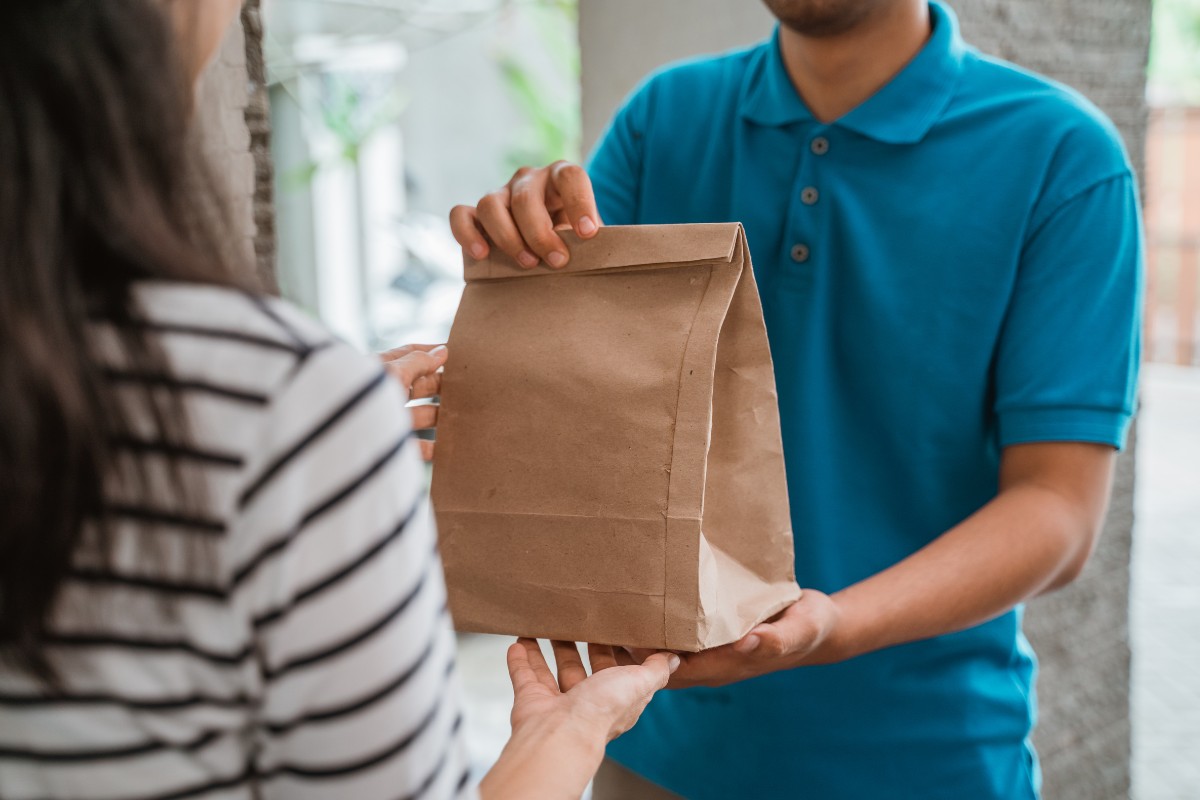
A 2022 survey by Zippia uncovered several interesting facts.
The first is that 60% of US households will order food at least once a week.
It often becomes a family tradition.
That means, approximately 200 million Americans are ordering food delivery every week.
It’s no wonder the industry is booming.
Potentially more interesting is the fact that 52% of customers don’t use delivery apps, they prefer to ring the restaurant and have a chat before completing the order process.
That means the mix is roughly a 50/50 split between customers using apps and customers contacting food establishments to arrange a food delivery.
(Zippia)
6. 62% Of Customers Blame Delivery Drivers And The Business When They Have A Bad Food Delivery Experience
There are many reasons why a customer may see the experience as negative.
The most obvious is that the food isn’t what was ordered or that it arrives cold.
However, customers also get upset when the food is badly presented, the service is poor, and customer support is non-existent.
The biggest issue is generally agreed to be food arriving at the wrong temperature.
When this happens, 72% of customers will blame both the delivery driver and the food provider.
Slightly fewer consumers blame the delivery driver and the restaurant if the service is bad.
However, with a blame rate of 62%, poor service may be a common thing and certainly one you’ll know about.
(Zippia)
7. Friday Is The Most Popular Food Delivery Day
This isn’t a surprising fact.
Friday represents the end of the school and working week.
It’s the opportunity to relax, unwind, and know the entire weekend is stretching in front of you.
It’s natural to want to order food and relax, making the most of the family time you have.
For many people, it becomes a habit or tradition.
According to Zippia, an average Friday involves 9.8 billion visits to food delivery apps.
Saturday has almost as many visits.
The rest of the week sees a slightly lower use of food delivery apps at around eight billion.
Tuesday is traditionally the quietest day when the average user number drops to 7.9 billion.
As you can imagine, with so many users, the industry takes a considerable amount of money every week.
(Zippia)
8. 62% Of Americans Think Dining-In Is A Better Option
While ordering food is convenient and allows you to enjoy the food in the comfort of your own home, it doesn’t offer the same experience as dining in a restaurant.
According to the latest survey by Zippia, 62% of Americans agree with this statement, preferring to dine-in at a restaurant than order a takeaway.
In some cases, this is merely a habit or tradition.
However, for many, you don’t get the same ambience at home.
Dining in a restaurant is an experience and also helps to ensure people aren’t distracted by the television or other things.
That’s why it’s likely to remain a popular option.
It’s worth noting that 56% of Americans dine in at least once a week and 47% have food delivery at least once a week.
(Zippia)
9. 77% Of Restaurants Use Third-Party Food Delivery Apps
Initially, food providers created their own delivery services.
This generally involved hiring a driver or two and delivering food within a set radius.
The delivery distance was controlled by the number of drivers versus delivery times, accounting for the number of orders.
Naturally, this approach is harder to sustain as the delivery service gets busier.
No matter how fast a delivery driver is, they can only get to so many places in a designated time.
Some businesses have evolved their model.
For example, Dominos focuses on delivery or collection in-store.
They don’t offer a dine-in experience and they have a fleet of motorbikes at each establishment.
For many businesses, this isn’t a viable option.
However, they also don’t want to miss out on the lucrative delivery market.
The answer was third-party delivery services.
People can order through the third-party app or directly with the food supplier, the delivery is completed by the third-party for a small fee.
Currently, 77% of food businesses have adopted this approach.
Food delivery apps also account for as much as 30% of all food sales, these numbers are likely to increase over the next 5-10 years.
Ultimately, it’s estimated that 99% of businesses will use third-party delivery apps.
(Zippia)
10. On Average, Americans Spend 15% More Annually On Dining In
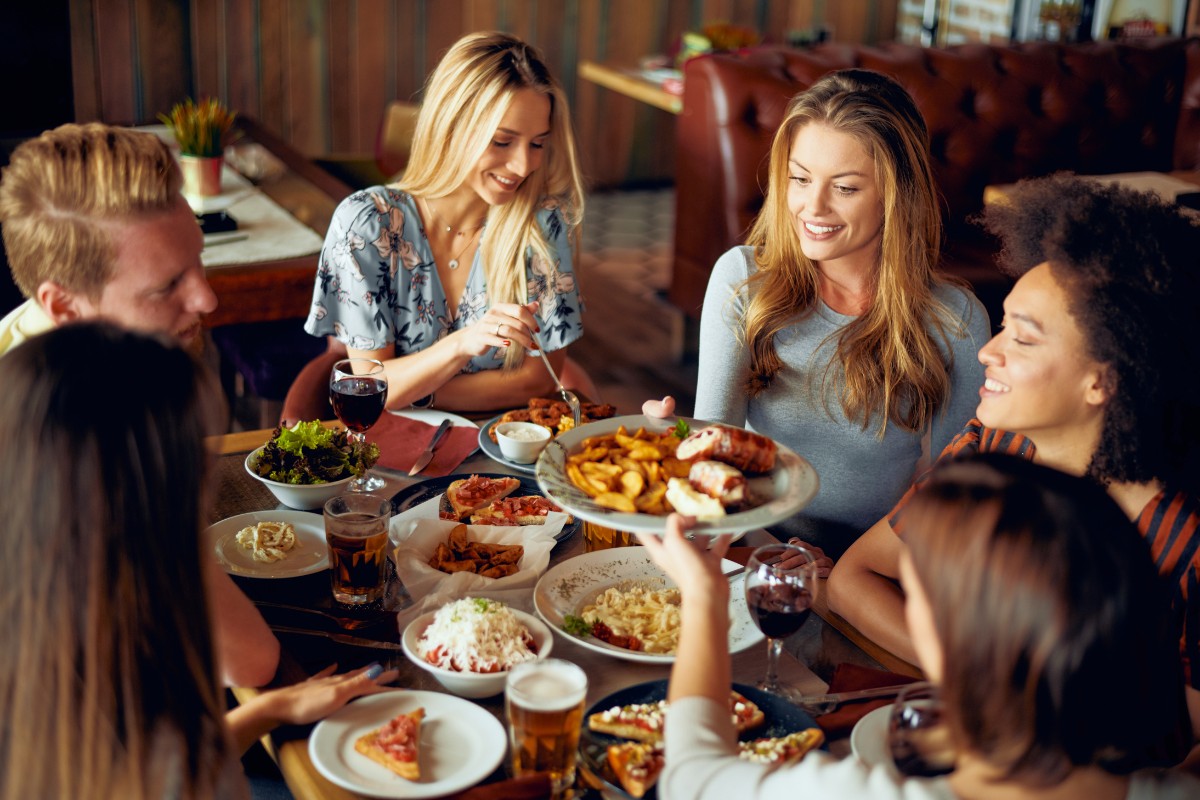
Eating and drinking is one of the most common pastimes in the US.
It’s a popular way to relax, meet friends, and forget about the stress of everyday life.
Of course, it can also be an expensive habit.
The exact cost will depend on the size and types of takeout you order, or the establishments you like to frequent.
According to the latest Zippia survey the average American will spend $57 a week on dining in.
That equates to roughly $3,000 a year.
The same American will spend an average of $67 a week on takeaways.
That’s the equivalent of $3,500 a year.
What the survey doesn’t show is how much the delivery charges are.
All third-party food delivery services will charge a fee for their service.
Depending on what this is, it could explain why Americans, on average, spend more on takeaways.
(Zippia)
11. Between 2019 And 2020 The Grocery Delivery Service Grew By 7%
In 2019 grocery deliveries made up just 3.4% of the US food delivery industry.
By the end of 2020 this figure had jumped by 7% to 10.2% of the market.
In real terms that equates to a revenue from grocery deliveries of $34.54 billion in 2019.
By 2020 this had become $106 billion.
That’s roughly three times the 2019 figure.
Naturally, some of this increase was driven by the global pandemic and people being unable to leave their homes.
While the pandemic has passed, the trend continues.
By 2025 it’s expected that the grocery delivery service industry will be worth 20.4% of the delivery service industry.
That’s a real-world value of over $200 billion!
Instacart is a perfect example of this increase.
In 2019 it had 5.5 million users.
By the end of 2020, it had an impressive 9.6 million.
Even though the pandemic has passed, the majority of these have continued to use the service.
User numbers are estimated to increase to roughly 15 million by the end of 2025.
That will help Instacart’s revenue transition from $1.5 billion in 2020 to potentially over $2 billion in 2025.
(Zippia)
12. 70% Of Americans Would Prefer To Order Directly From A Restaurant
This is perhaps one of the most interesting statistics, especially if you are running a restaurant.
A recent survey found that 70% of all food delivery customers would prefer to order directly from the restaurant.
There are several reasons for this.
For many, the personal touch is important.
It’s easier to ask questions and order special dishes when you can order directly from the restaurant.
There is also the argument of cost.
Third-party delivery services make their money by charging restaurants a commission on each order.
They also earn money from in-app advertising, and may even charge the customer a service fee.
That’s on top of the customer delivery fee.
The result is customers are paying more for a less personal service.
It’s hardly surprising that customers would prefer to order directly.
(Statista)
13. 41% Of Customers Would Purchase A Make-At-Home Meal
Although having food delivered ready to eat is immensely popular, there are other options.
These will be of particular interest to restaurants struggling with costs but having already established a good reputation.
A recent survey by Fundera found that 41% of customers would buy a make-at-home meal kit from their favorite restaurant.
These can be ordered when needed or prior to the event.
The kit gives you everything you need, including instructions, to replicate the dishes served at the restaurant, you simply have to do the work yourself.
The fact that 41% of consumers would be happy to do this reflects the importance placed on the quality of food.
People are prepared to make the meal providing everything is conveniently delivered, and ready to use.
(Statista)
14. Food delivery Customers Are 67% More Likely To Visit A Restaurant
Offering your food online means that people don’t have to walk past your restaurant or even be told about it by a friend, they can simply find you online.
The internet allows people to find your food, read reviews, and then order it.
That ensures they taste your food, all you have to do is make sure it tastes excellent.
What’s interesting is that any customer who places an online order with you is 67% more likely to visit the restaurant in person.
In short, the food delivery service is an excellent way to introduce them to your business.
Provided the customer enjoys your food, they won’t just visit the restaurant, they are also likely to order online again.
That makes offering food online, even via a third-party delivery service, a potentially valuable addition to your business.
(PMQ)
15. Grocery Deliveries Are Growing Faster Than Meal Deliveries
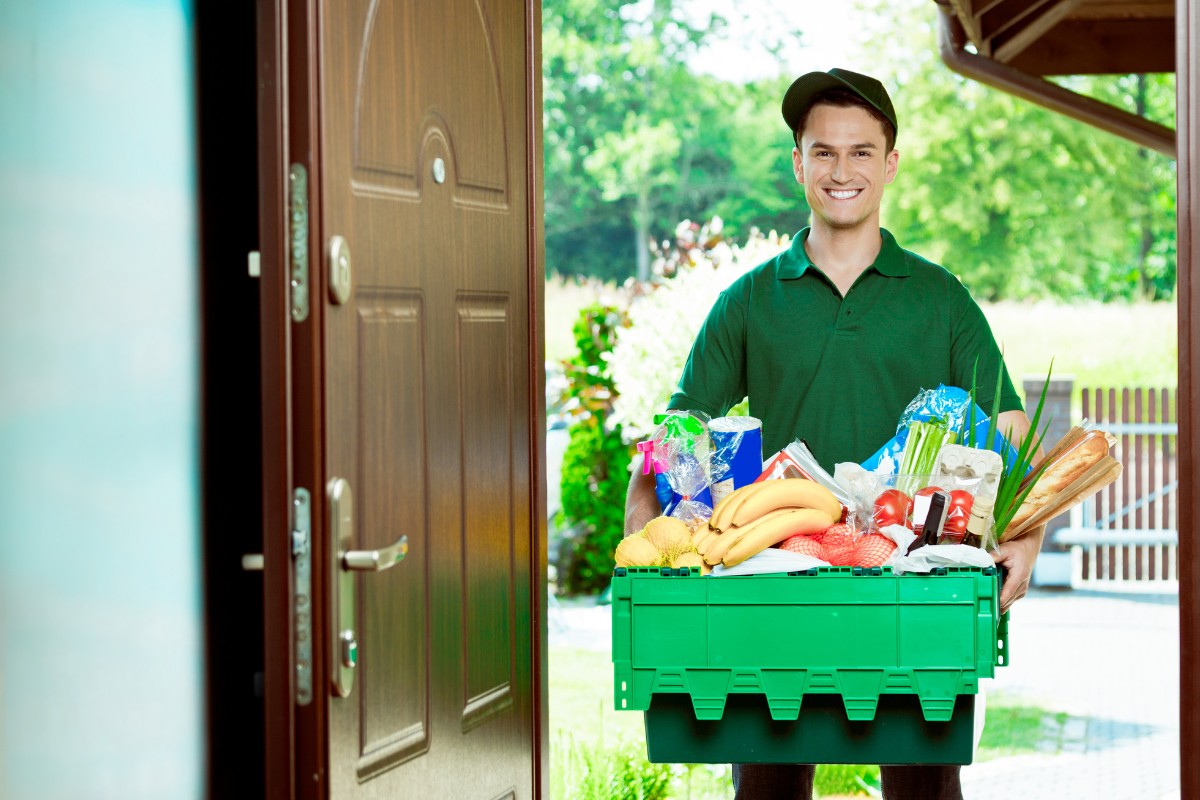
In 2017 just 49.16 million people were using grocery delivery services.
By 2020, this had grown to 88.83.
This was a notable increase on 2019 and is likely due to the global pandemic and associated restrictions.
The trend didn’t drop after the pandemic passed.
In 2022 116.6 million people used grocery delivery services.
It’s estimated to be used by 164.5 million by 2027.
In short, grocery delivery customers will have multiplied three times over in just ten years.
In contrast, the food delivery service served 81.17 million in 2017.
By 2020 it had reached 131.8 million.
Again, the pandemic affected these figures.
By 2022 home meal delivery hit 161.1 million, it’s predicted to be used by 217.1 million in 2027.
That means meal deliveries have multiplied by roughly 2.5 times in a ten year period.
In other words, there may currently be more meal delivery customers, but the number of grocery delivery consumers is growing at a faster rate.
(Statista)
The Dark Side Of Food Delivery Services
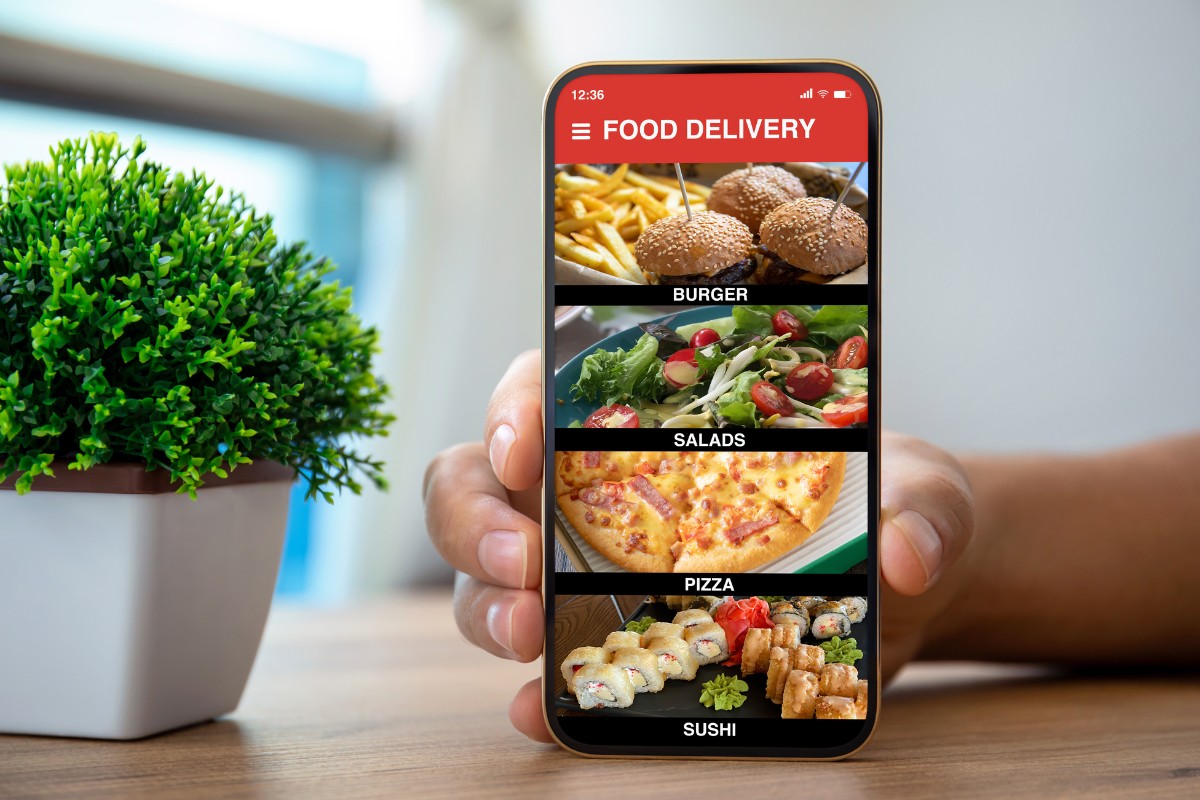
Third-party food delivery services have become extremely popular because they offer a convenient service.
In many cases, it’s the only way you can order food to eat at home unless you want to drive and collect the food.
However, many restaurants are finding the service is economically unsustainable.
Between the charges and the increased competition, many restaurants are considering opting out of the delivery service and switching to dine-in-only options.
Competition is constantly increasing as any food establishment can become part of the delivery network.
This has led to the rise of many ‘dark kitchens’.
That’s businesses created just to provide food for home delivery.
Many of these businesses were established during the lockdowns.
They provided a valuable service and helped some people earn money when they were unable to complete their usual jobs.
What’s interesting is that these businesses have continued to flourish after the pandemic, perhaps hinting at a change in how people choose to eat.
They have no front-of-house costs, making them difficult for a traditional restaurant to compete with.
Of course, the food delivery service is still growing, meaning that any restaurant which opts out may find it difficult to keep trading successfully.
Unfortunately, offering food delivery can also squeeze the small profits most restaurants make, potentially making it an uneconomic option
It will be interesting to see how the food delivery industry develops over the next five to ten years.
Summing Up
One thing is certain from the above food delivery statistics, getting your food delivered to your home is a desirable option and rapidly growing in popularity.
While it can never replace the experience of visiting a restaurant, it is convenient and an easy option after a hard day.
In short, it’s not just the statistics that tell you this industry is going to continue to grow, human behavior tells you the same.
If you’re running a restaurant and not yet offering home delivery, it’s time you consider the best option for your business.







